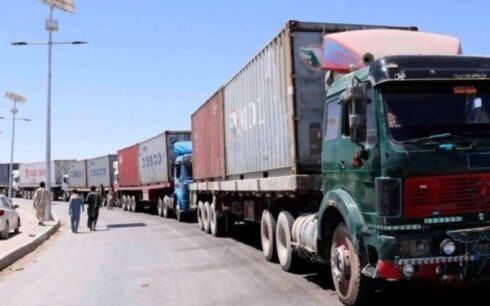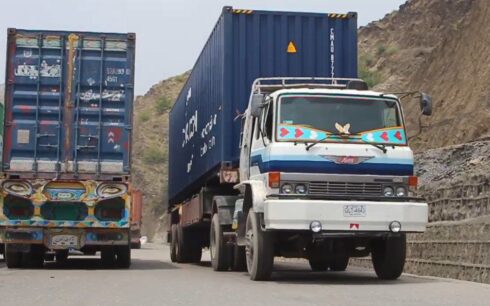The World Bank in a new report projects a low growth path for Afghanistan’s economy along with a reduction in the real GDP in the country for the next two years.
The report “Coping with Shocks: Migration and the Road to Resilience” says that Afghanistan’s economy is projected to move to a low growth path (2.0 to 2.4 percent) for the next two years with no improvement in per capita incomes owing to high population growth and no significant changes in poverty or food insecurity.
The report says that inflation is expected to remain high immediately due to global commodity price increases and supply constraints, further eroding the real value of household incomes.
At the same time, the Taliban’s restrictive policies on women’s education and work will lower Afghanistan’s growth prospects, the World Bank survey shows.
The World Bank says the economy is now re-adjusting from the “aid bubble,” and the international community’s ongoing humanitarian and off-budget basic service support is expected to mitigate some negative impacts of the contraction.
But it adds that still, it will not be sufficient to bring the economy back on a sustainable recovery path.
Under the baseline scenario where the country receives minimal international support for humanitarian activities and basic core services, the real GDP is projected to contract between 16 to 19 percent in 2022, with an accumulated contraction of close to 30 percent between 2021 and 2022.
Economic contraction drove the reduction in imports: goods imports fell by 47 percent over the second half of 2021 relative to the same period in 2020, the report says.
Analysts said that non-development aid by the international community, mainly provided through the UN, has not helped in poverty reduction in the country.
“Political reasons such as Afghanistan’s relations with the world, the exodus of investment from Afghanistan, a significant reduction in foreign investment in the country, the closure of Afghanistan’s accounts in foreign trade and so on are the reasons behind the reduction in the GDP in Afghanistan,” said Sayed Massoud, an analyst in economic affairs and a former university lecturer. “The country’s economy was dependent on aid last year and this assistance has stopped now.”
In the first quarter of 2022, while imports of fuel and petroleum products increased by 57 percent because of higher international prices, imports of other categories of goods declined significantly, the report states.
Exports have picked up since the fourth quarter of 2021, and the momentum continued into the first quarter of 2022 (with $408.7 million in goods exports compared to $200.2 million in the first quarter of 2021), reflecting a surge in the export of coal and fruits, according to World Bank.
Recent mirror trade data for July 2021 to June 2022 from Pakistan authorities shows that Afghanistan has a trade surplus of $79 million, the report added.
Taliban officials said the country’s economy would improve if Afghanistan’s assets frozen by the US are released.
“The country’s economic problem and a reduction in the GDP are the product of two factors: Afghanistan’s sanction and freezing of Afghanistan’s assets by the US,” said Abdul Latif Nazari, Taliban’s deputy minister of economy.
This comes after a report by a UN agency this week said that a year after the Taliban takeover of Afghanistan, the country faces “cascading crises,” adding that restricting women from employment can result in an economic loss.
The report said that humanitarian aid alone cannot address the country’s crippled economy.





